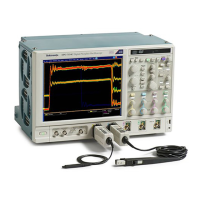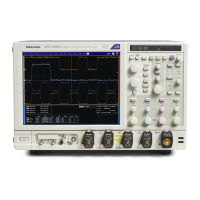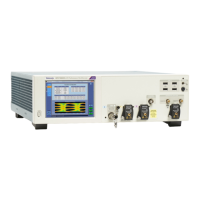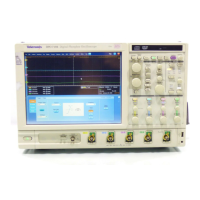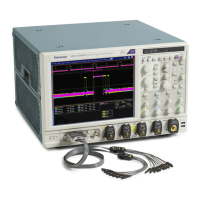Spectral analyzer window types
In the time domain, a window is a bell-shaped function equal in length to the gate duration.
For most windows, this function tapers to zero at both ends of the gate region. Before computation of the spectral transformation,
the window is multiplied, sample by sample, times the input data in the gated region. The window function affects the shape of
the spectral analyzer response in the frequency domain.
The window functions affect the ability to resolve frequency in the output spectrum and can affect the accuracy of the magnitude
and phase measurements. The previous figure shows how the time domain record is processed.
Accurate magnitude measurements require that the input source waveform be stationary within the gated region. This means that
waveform parameters, such as frequency and amplitude, should not change significantly as a function of time within the gate
region that is input to the spectral analyzer. Also, the gate width must be greater than or equal to the period of the start frequency
of the span of the spectral analyzer. That is, there must be at least one cycle of the harmonic being measured within the gated
region.
There are eight different spectral analyzer windows:
■
Rectangular
■
Gaussian
■
Hamming
■
Blackman-Harris
■
Hanning
■
Flattop2
■
Kaiser-Bessel
■
Tek Exponential
Your choice of window function will depend on the input source characteristics that you want to observe and the characteristics of
the window function. The window characteristics are shown in the following table.
Oscilloscope reference
728 DPO70000SX, MSO/DPO70000DX, MSO/DPO70000C, DPO7000C, and MSO/DPO5000B Series

